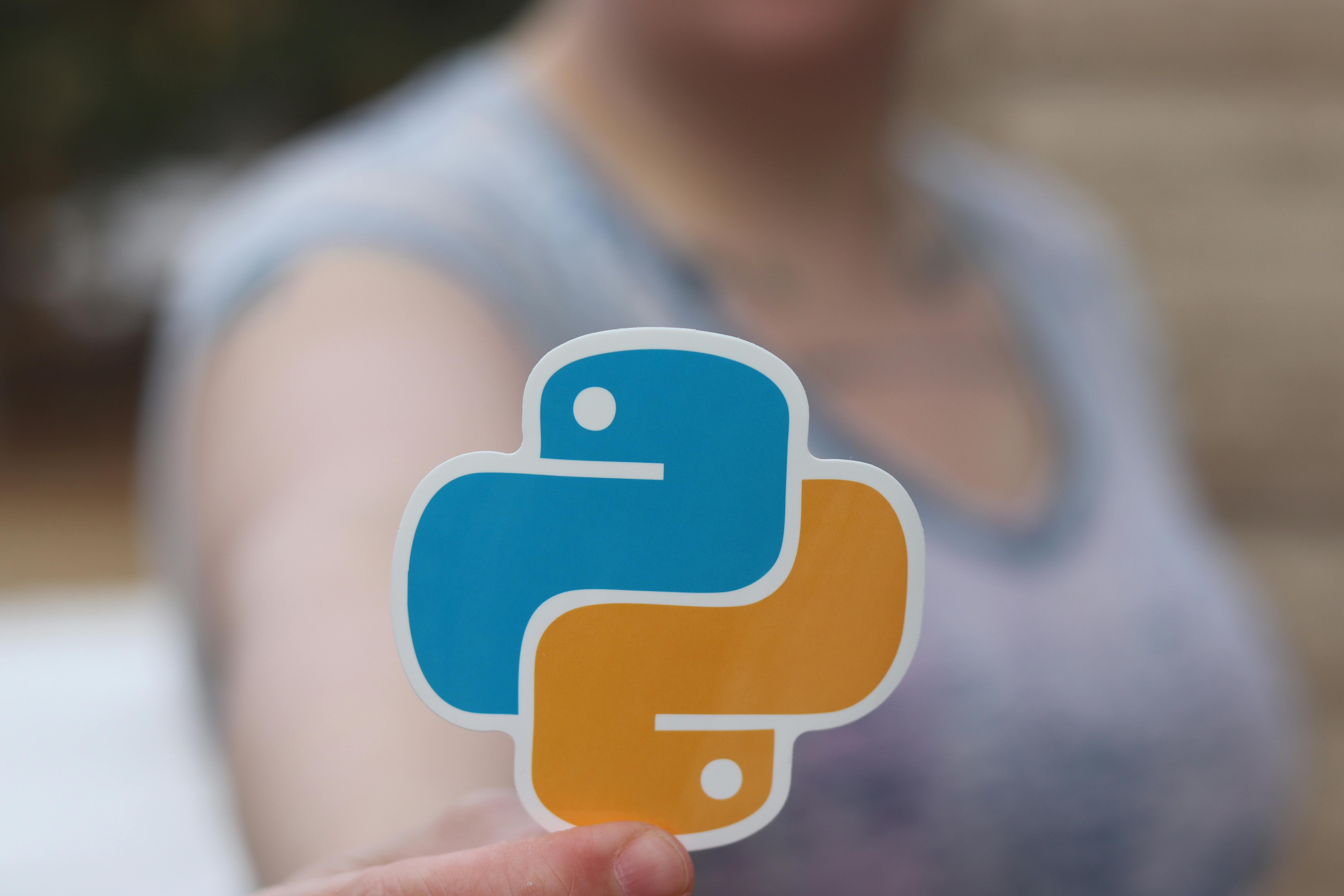
In the digital age, data has become the new currency, driving innovation and decision-making across industries. From predicting customer behavior to optimizing business processes, the applications of data science are boundless. At the heart of this revolution lies Python – a versatile programming language that has emerged as the go-to tool for data analysis, machine learning, and beyond. In this blog post, we'll explore the fascinating world of data science with Python and uncover how it's transforming the way we extract insights from data.
Python: The Swiss Army Knife of Data Science
Python's popularity in the realm of data science can be attributed to its simplicity, flexibility, and a robust ecosystem of libraries and frameworks. Whether you're a beginner or an experienced data scientist, Python offers an intuitive syntax and extensive documentation that makes it easy to learn and use. Moreover, its open-source nature encourages collaboration and innovation, with a vibrant community continuously developing new tools and techniques to tackle complex data challenges.
Libraries Galore: The Power of PyData Stack

At the core of Python's dominance in data science is the PyData stack – a collection of open-source libraries tailored for data manipulation, analysis, and visualization. Pandas, NumPy, and Matplotlib form the foundation of this stack, providing essential functionalities for working with structured data, performing mathematical operations, and creating insightful visualizations. Additionally, libraries like SciPy, Scikit-learn, and TensorFlow extend Python's capabilities to advanced statistical analysis, machine learning, and deep learning, empowering data scientists to build sophisticated models and algorithms with ease.
Real-World Applications
The versatility of Python in data science is exemplified by its widespread adoption across various industries and domains. In finance, Python is used for risk assessment, portfolio optimization, and algorithmic trading. In healthcare, it aids in medical image analysis, drug discovery, and patient diagnosis. In marketing, it enables personalized recommendations, customer segmentation, and sentiment analysis. The list goes on, with Python driving innovation and unlocking insights in fields as diverse as retail, transportation, agriculture, and beyond.
The Future of Data Science

As we move forward into the era of big data and artificial intelligence, Python's relevance in data science is only expected to grow. Its simplicity, scalability, and extensibility make it well-suited for handling the ever-increasing volume, velocity, and variety of data generated in today's digital world. Moreover, with the advent of emerging technologies like natural language processing, computer vision, and reinforcement learning, Python continues to evolve, pushing the boundaries of what's possible in data science.
Conclusion
In conclusion, Python has emerged as the undisputed champion of data science, empowering individuals and organizations to extract valuable insights from data and drive informed decision-making. Whether you're analyzing financial trends, predicting customer preferences, or uncovering hidden patterns in data, Python provides the tools and frameworks you need to succeed. So whether you're a seasoned data scientist or a curious beginner, embrace Python and embark on a journey to unlock the secrets hidden within your data. The possibilities are endless, and the future is bright for data science with Python at its helm.